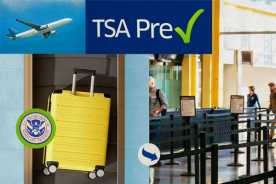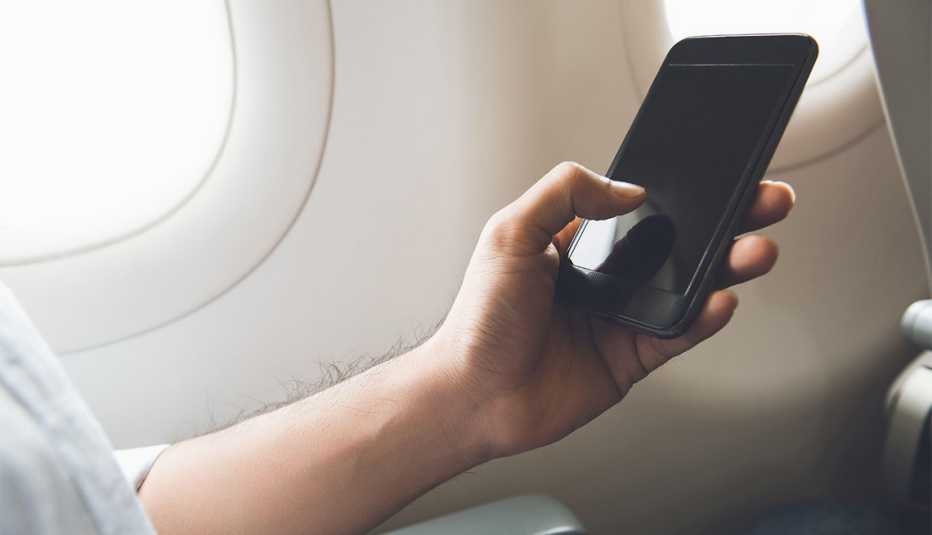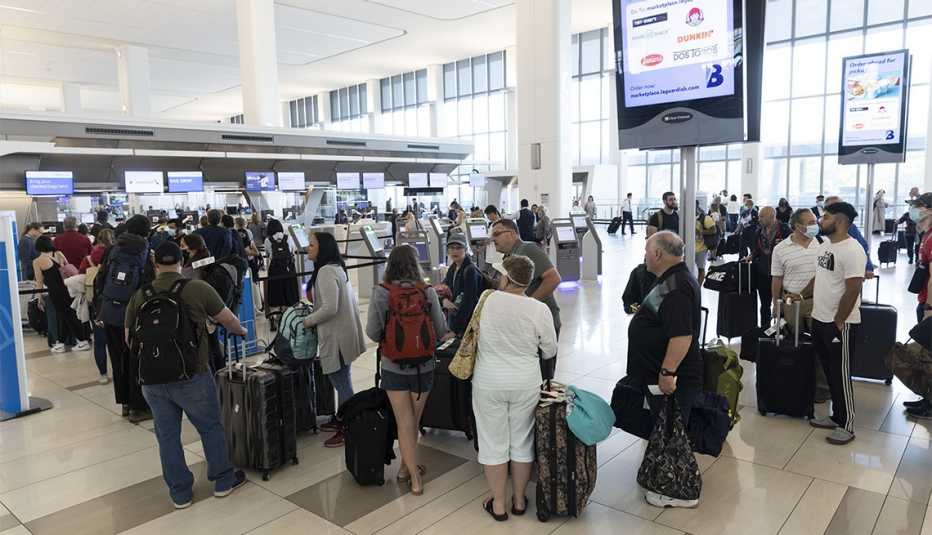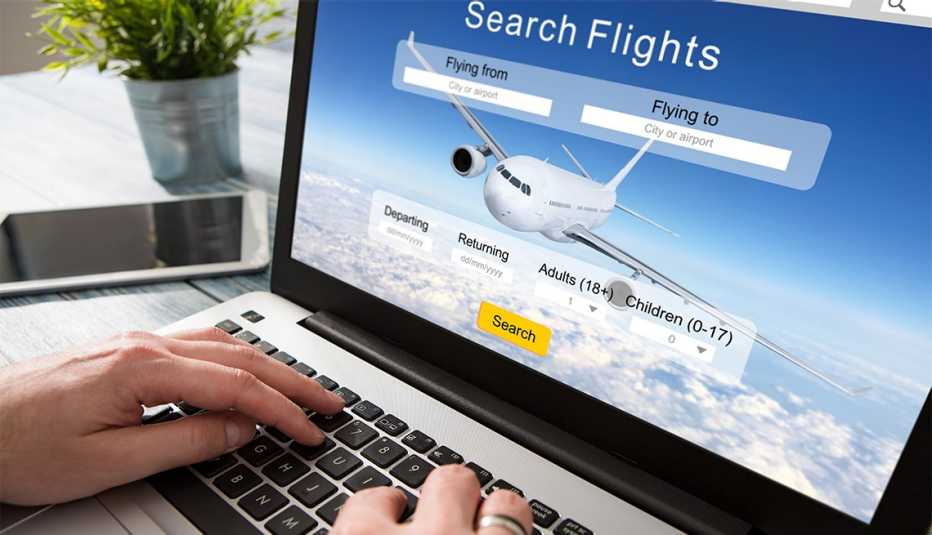AARP Hearing Center
Elaine Glusac
Tarita Davenock suffers from multiple sclerosis and uses a wheelchair, which makes it tricky to navigate airports, where the distances between gates can be measured in football fields. Airports can be challenging for many other travelers as well. A quarter of U.S. adults have a disability, and 14 percent have trouble walking or climbing stairs, according to the Centers for Disease Control and Prevention. “The one thing we all have in common is that we want to be accommodated [at airports],” says Davenock, whose MS hasn’t kept her from flying. As the owner of Travel for All, a company that specializes in accessible travel, she has caught many flights at scores of airports.
If you have mobility or other issues (such as dementia or vision loss) that make navigating airports difficult, Davenock and other accessible-travel experts offer some tips.
1. Request assistance in advance
Many accommodations are federally mandated by laws such as the Air Carrier Access Act, which requires that airlines offer assistance to those with mobility issues, visual or hearing impairments, or other disabilities. You can (and should) request such assistance when making your reservation online (or by calling the airline’s special assistance phone line).
As you make your way through the booking process on the American Airlines website, for example, you’ll eventually see a link to “add special assistance.” Click on that link and you’ll find various options, such as “mobility” and “traveling with a service animal.” After checking one of the boxes, you’ll be prompted to be more specific, so the airline understands your particular need. If you check “mobility,” you’ll be asked to specify how much assistance you’ll need by checking another box, with options such as “can walk — need help only if there are stairs.”
Before your departure date, an airline representative may contact you for additional information. But even if you do hear from a representative, accessibility specialists recommend calling your airline a day or two before your flight to confirm that it has your request and understands your needs, and that ticket agents will be able to see the info. There shouldn’t be a problem, because your request is automatically linked to your reservation when you buy your ticket. Still, it’s always best to double-check, says Debra Kerper, owner of Easy Access Travel, who has visited more than 30 countries and taken more than 90 cruises despite facing health-related mobility challenges, including often using a wheelchair. “Everything’s easier when it’s done in advance,” she notes. “At each step, learn to be proactive.”
2. Give yourself plenty of time at the airport
“Even if travelers aren’t checking luggage, arriving in advance of the departure time is very helpful for those with mobility issues,” says Alvaro Silberstein, founder of Wheel the World, who’s paralyzed from the waist down. He and the airlines offer similar advice. “I recommend arriving two to three hours in advance of an international flight and one and a half hours ahead of a domestic flight,” he says, “just to give ample time for moving around the airport and making sure that requested accessibility assistance is in place.”



































































